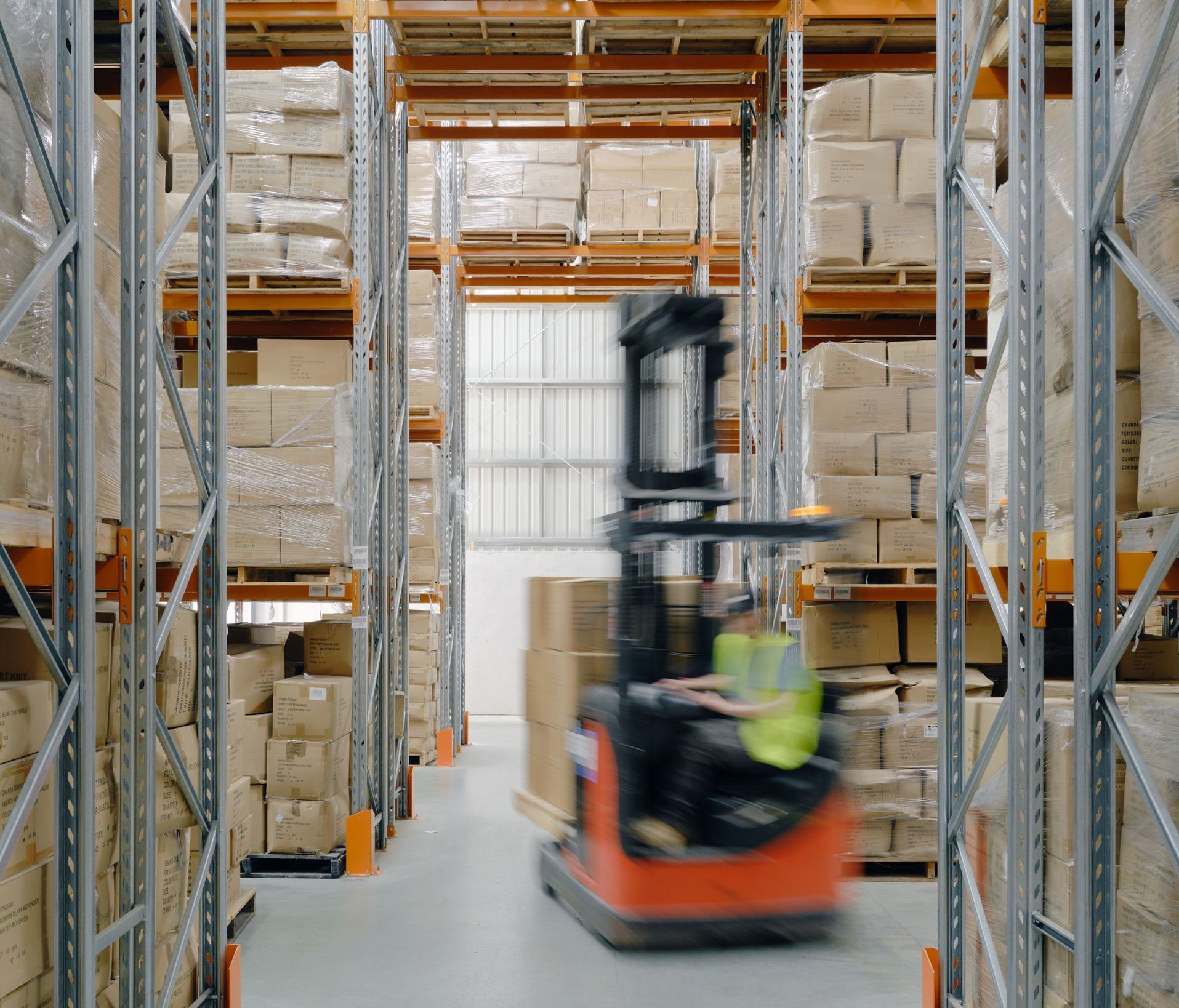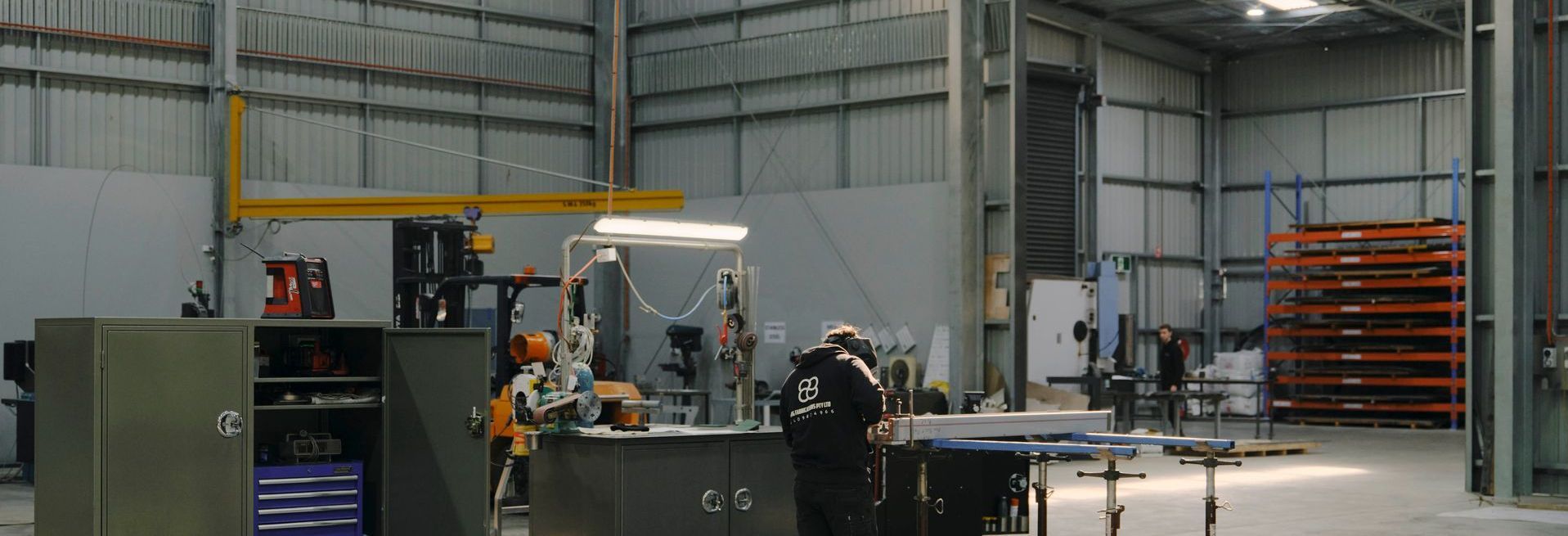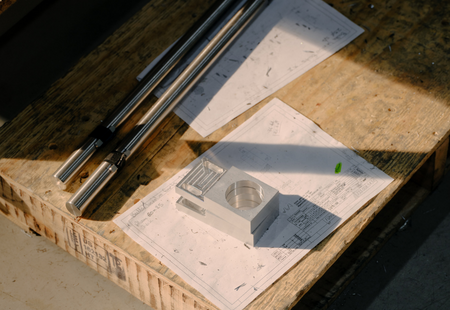Essential Safety Measures (ESM) Compliance in Commercial Steel Construction
Essential Safety Measures (ESM) are a series of systems, equipment and design features laid out in the Building Code. Complying with these measures will help to reduce the impact on your structure in the event of a fire, limit damage to stock and equipment, and ensure that the building occupants and surrounding businesses are not placed at risk.
In this article, Steelcorp’s Pre-Construction Manager, Shane Barker, outlines the different aspects of compliance for commercial building owners.
CONTENTS

Fire & Emergency Requirements for your Structure
IN BRIEF:
- Essential Safety Measures (ESMs) are the safety features required in a building to protect occupants in the event of a fire. ESMs can include fire detection and alarm systems, fire doors, emergency lighting, fire hydrants and more.
- The Essential Safety Measures checklist at the bottom of this article gives you some insight into what is required according to the Building Code.
- As the owner of a building, you are responsible for the ongoing maintenance of the essential safety measures in your building to ensure they function properly and fulfil their purpose of keeping occupants safe. This includes annual reporting obligations.
- Firewalls are a separate requirement of the Building Code – read more about firewalls for steel structures here.
ESM Responsibilities for Building Owners
1. Safe Design of Your Structure
Having systems in place to manage fires and other emergencies isn’t just a smart way to protect your asset and your people – it’s a regulation stipulated in the Building Code.
Whilst steel-framed commercial buildings are less susceptible to fire damage than timber structures, it’s vital to have the right equipment and emergency management systems in place.
“Design characteristics such as ingress and egress pathways, fire-isolated stairways and fire-rated materials used in the construction of your building all form part of your Essential Safety Measures,” notes Shane. “Your responsibilities can vary but in general, you’ll need to ensure the design of your structure complies with the Building Code for components such as access doors, exit routes and firewalls. When you work with a professional building designer and engineer, this is all handled for you as part of the design process.”
- Shane Barker, Pre-Construction Manager
2. ESM Maintenance
Designing your building to comply with these requirements is the first step, however, as a building owner, you are also legally responsible for the ongoing maintenance of ESM such as fire sprinkler systems, smoke alarms, firefighting equipment and emergency warning systems.
“It can be easy to gloss over the ongoing maintenance requirements (and costs) of things like your fire extinguishers and sprinkler systems, but a system that doesn’t function properly can spell disaster if a fire or emergency does occur,” adds Shane. “If your fire safety isn't up to scratch this could mean in the event of a fire your insurance may be voided.”
“Your building surveyor will specify the ESMs you need to comply with which includes specific maintenance instructions, so make sure you partner with a reliable contractor who can inspect, test and repair your safety systems according to your official maintenance schedule.”

3. ESM Reporting Requirements
Additionally, building owners are legally required to complete an annual Essential Safety Measures Report (AESMR), or have an authorised contractor prepare this on their behalf. Ensuring your fire equipment is compliant forms a large part of this annual report, which is an important document to avoid legal, fire authority or council fines, and to ensure your building insurance cover is watertight.
Shane reminds building owners that official requests to produce this report can be swift, with surveyors, fire authorities and your local building authority all able to enforce varying degrees of fines and penalties.
“You’ll need to be able to produce this report on request after 24 hours notice has been given by the fire brigade’s chief officer or your municipal building surveyor,” says Shane.
Victorian compliance firm Detector Inspector reports that ‘council infringement notices of $290 and possible prosecutions with fines of up to $17,000 for individuals and $88,000 for businesses can be imposed,’ so it makes good business sense to stay up to date with your ESM obligations.

List of Essential Safety Measures (ESM) for Commercial Buildings
The list of essential safety measures that you need to comply with can vary depending on your location. Your local council or building surveyor can provide advice specific to your site, such as the type of equipment needed, the performance level it should adhere to, and the frequency and type of maintenance required.
This information is typically included with the certificate of final inspection and can include elements such as the following:
- Air handling systems (used for smoke hazard management)
- Exit doors
- Early warning systems
- Emergency lifts
- Emergency lighting
- Emergency power supply
- Emergency warning systems
- Exit signs
- Fire control centres
- Fire curtains and doors
- Fire extinguishers
- Fire detection and alarm systems
- Fire hydrants
- Fire isolated stairs
- Fire-rated materials
- Fire windows
- Mechanical ventilation (incorporate a cooling tower or hot or warm water system)
- Fire-isolated passageways and ramps
- Paths of travel to exits
- Smoke alarms
- Smoke control systems
- Sprinkler systems
This essential safety measures checklist is not exhaustive – we recommend you consult your surveyor and refer to the National Construction Code / Building Code for specific information.
How Do I Know Which Safety Measures Apply to My Building?
The specific ESM requirements vary depending on the type of building and when it was built. Requirements for which essential safety measures must be installed, and the standards for maintaining them, are governed by the Building Regulations (2018), the Building Code of Australia, and the Australian Standards.
Safety is an area where you definitely need to carry out your obligations by the book, and the Steelcorp team is here to assist with interpreting the regulations that apply to your commercial building project.

